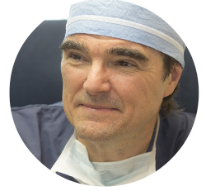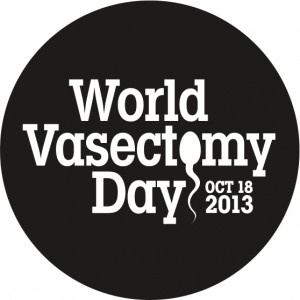For more information: www.indiegogo.com/projects/world-vasectomy-day, www.thevasectomist.net
On October 18, 2013 men all over the world, whose families are complete, will dedicate their vasectomy to Planet Earth in a world-first vasectomy-athon to launch the inaugural World Vasectomy Day (WVD). The goal is to raise awareness about the environmental impact of rising population on the planet, men’s role in family planning and vasectomy as a solution to prevent unintended pregnancies.
1,000 men in 25 countries will take the ultimate snip to show they care about the growing strain that population is placing on the planet’s resources, their families and themselves.
Why World Vasectomy Day?
WVD is a chance for men all over the world to make a very personal choice that has a profoundly public impact on our present and our future. We are asking men who do not want more children to join forces to shoulder the burden of family planning and in so doing, fight for their family, their community, their country and our planet.
WVD will be a world-class knowledge-sharing forum addressing critical science related issues within the context of a highly innovative and ambitious multiplatform public event. But we need YOUR HELP to get there.
What will Happen on World Vasectomy Day?
vasectomies performed: The world’s most prolific vasectomist, Dr Doug Stein will perform vasectomies in front of an audience at the Royal Institution of Australia (RiAus) – Australia’s national science hub – to launch the inaugural World Vasectomy Day.
Streamed live: The event will be the world’s first live-streamed vasectomy-athon. Dr Stein will field questions from both the live Adelaide audience and an international online audience.
Discussion: There will be a gathering of diverse thought leaders including population expert and author of The Population Bomb Professor Paul Ehrlich who will weigh in on the social, political, cultural and ethical issues raised by the event and Dr Stein’s mission to save the planet… one vasectomy at a time.
Multiple locations around the globe: While Dr Stein performs vasectomies live from the RiAus in an unorthodox ‘operating theater’, doctors around the world will also perform vasectomies, connected to the event via Skype and social media platforms.





